11 GPTs for Film Editing Powered by AI for Free of 2025
AI GPTs for Film Editing are advanced, generative pre-trained transformers designed to streamline and enhance the film editing process. These tools leverage the power of artificial intelligence to automate various aspects of editing, from rough cuts to final edits, color correction, sound design, and even generating visual effects. By understanding natural language, these AI tools can interpret specific editing requests, making them highly adaptable and efficient for tasks related to film production. Their role is to provide creative and technical solutions that significantly reduce the time and effort required in traditional editing workflows.
Top 10 GPTs for Film Editing are: Resolve Buddy,Multilingual Subtitle Assistant,DP GPT 🎥,CineMatic Editor,Subtitle Shaper,Filmmaking 101,Citta Cinemagic,Cinematic Visionary,Virtual Movie Director,Colorist
Resolve Buddy
Streamlining Your DaVinci Resolve Journey
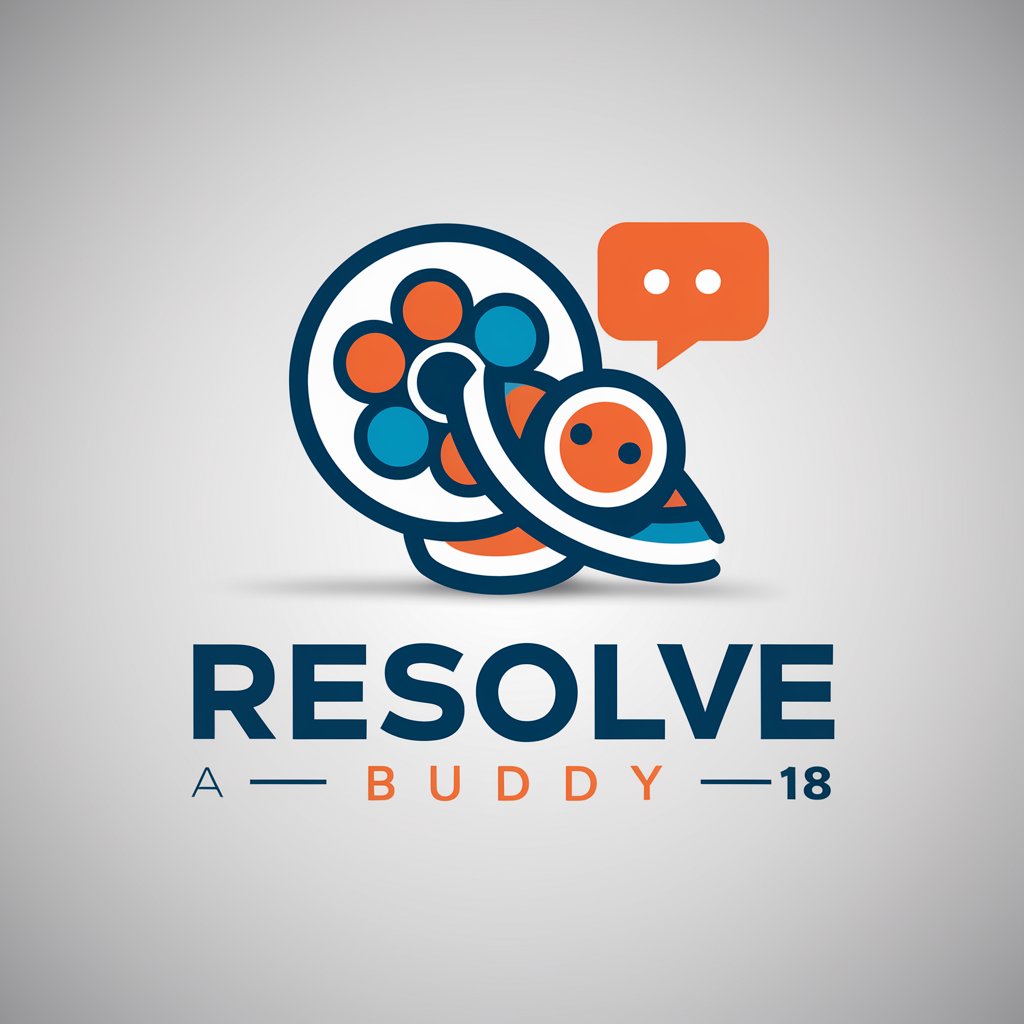
Multilingual Subtitle Assistant
Bridging Languages, Connecting Worlds

DP GPT 🎥
Elevate Your Film with AI

CineMatic Editor
Empowering Creativity with AI
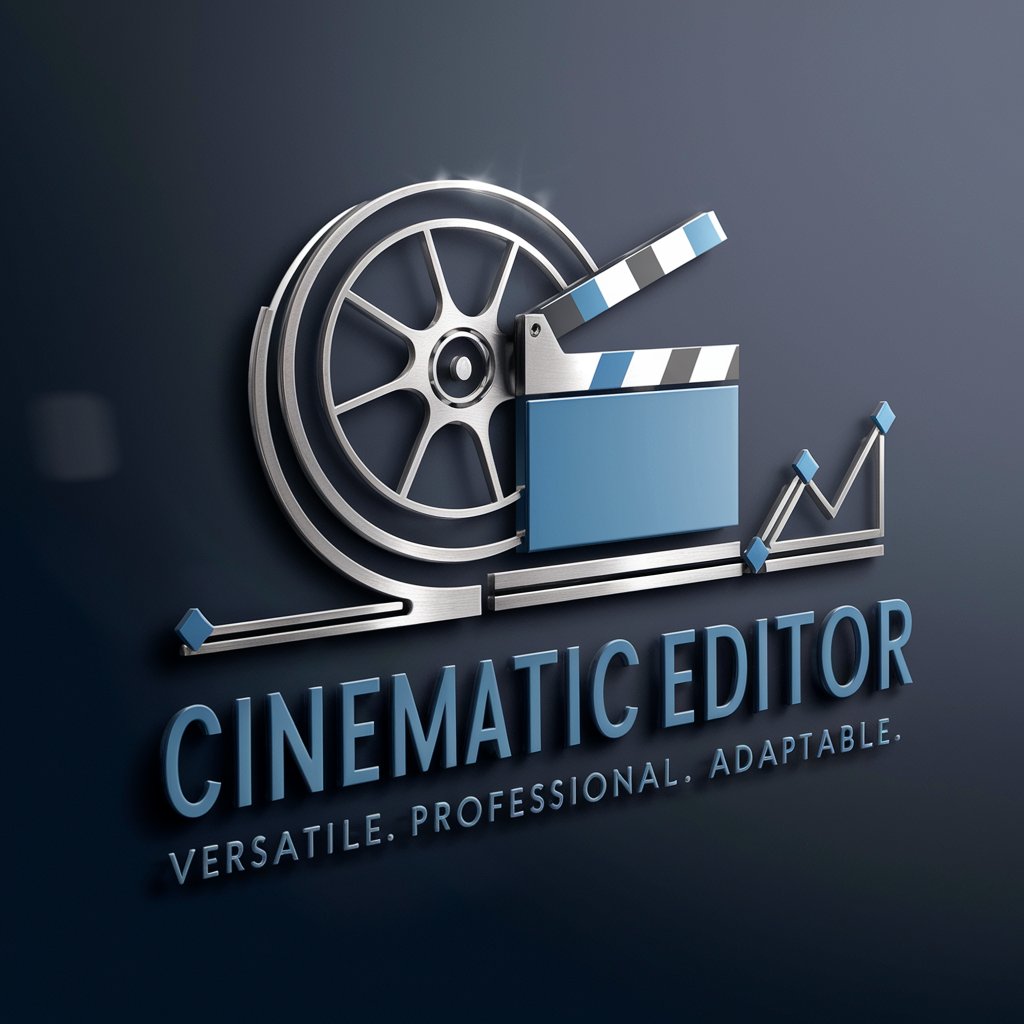
Subtitle Shaper
Transform subtitles into coherent text effortlessly.
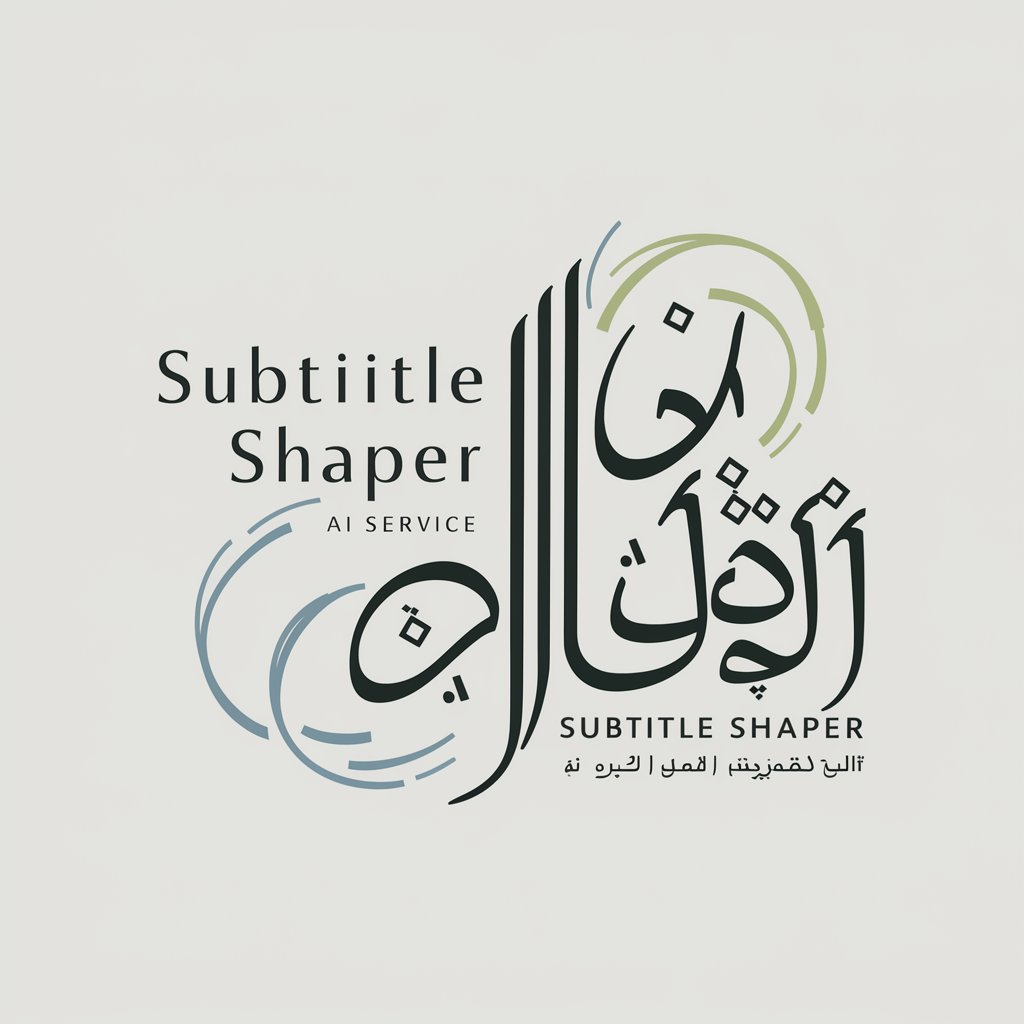
Filmmaking 101
Empowering Your Filmmaking Journey with AI

Citta Cinemagic
Empowering Filmmakers with AI
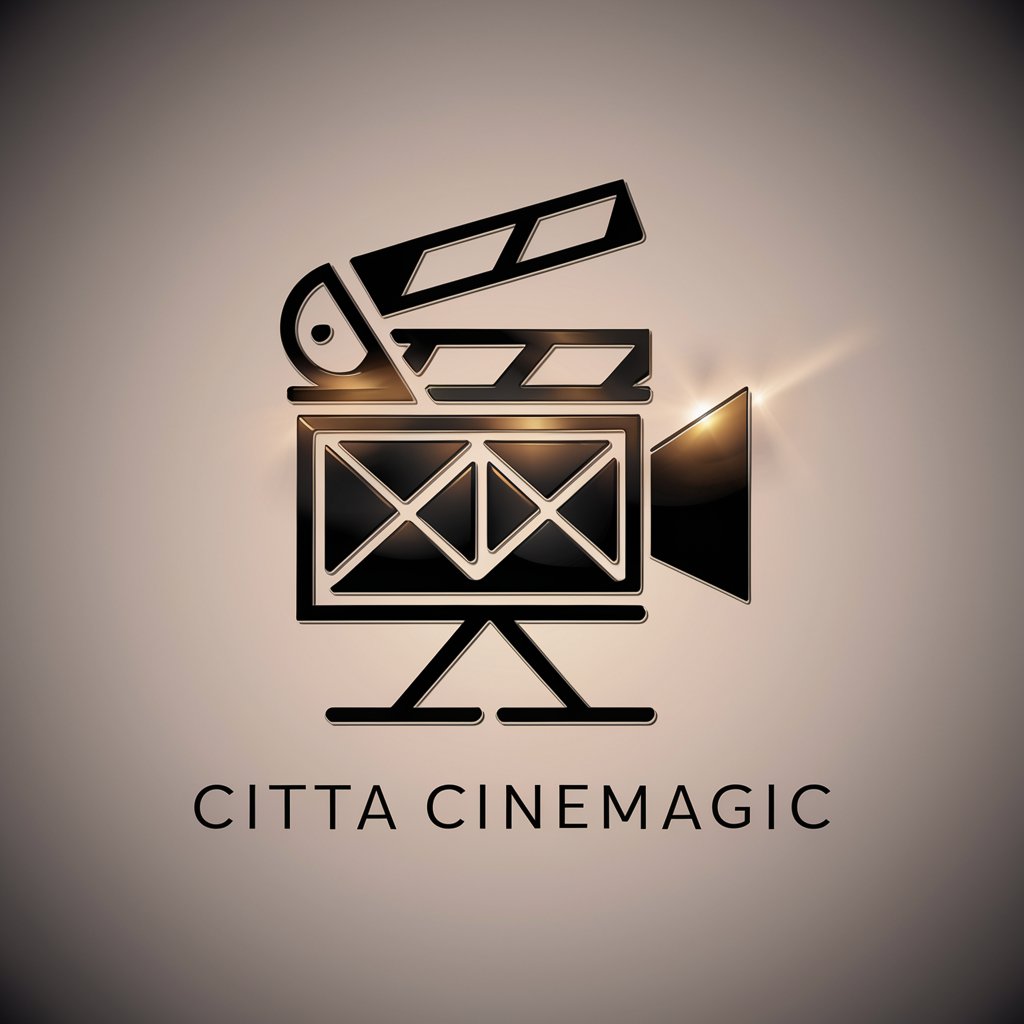
Cinematic Visionary
Empowering filmmakers with AI-driven insights

Virtual Movie Director
Crafting Films with AI

Colorist
Enhance Every Frame with AI
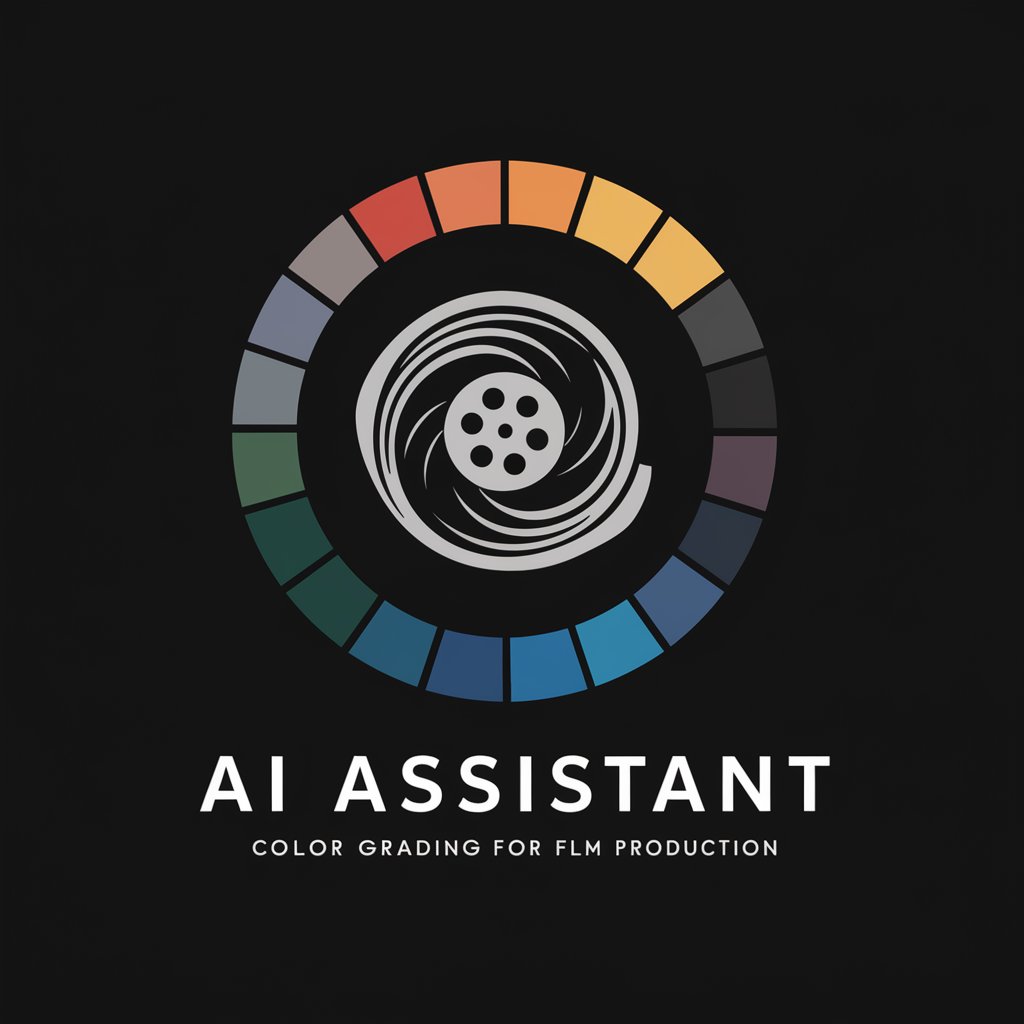
Film School Pro
Empowering Your Filmmaking Journey with AI
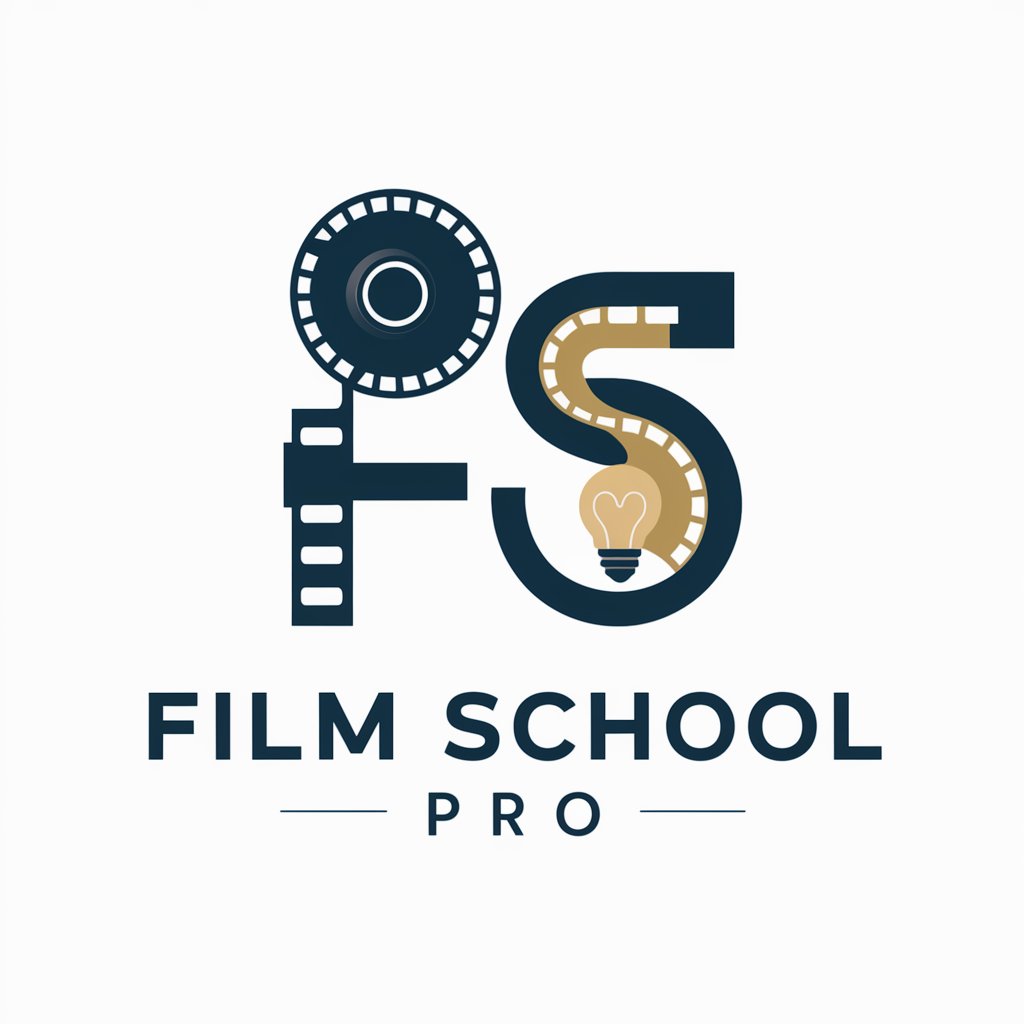
Key Attributes and Functions
AI GPTs tools for Film Editing boast unique features such as advanced language understanding for processing editing commands, adaptability to handle tasks ranging from simple cuts to complex visual effects, and capabilities for learning from feedback to improve over time. They can support technical tasks like color grading, sound mixing, and adding subtitles. Additionally, these tools can generate creative content, such as storyboarding and visual effects, and perform data analysis for audience engagement and feedback. Their versatility makes them indispensable for modern film production processes.
Who Benefits from AI in Film Editing
The primary users of AI GPTs for Film Editing include novices seeking to learn film editing, professional film editors looking for efficiency in their workflow, and developers creating specialized editing tools. These AI tools are accessible to users without programming skills, offering intuitive interfaces and commands. For those with technical expertise, they provide extensive customization options, allowing for the development of unique solutions tailored to specific editing needs.
Try Our other AI GPTs tools for Free
Freshness Evaluation
Discover how AI GPTs revolutionize freshness evaluation, ensuring food safety, reducing waste, and enhancing supply chain efficiency with predictive analytics and real-time monitoring.
Nutritional Snacks
Discover how AI GPTs for Nutritional Snacks can transform your dietary habits with personalized advice, healthy recipes, and nutritional insights.
Ecosystem Recovery
Discover AI GPTs for Ecosystem Recovery, advanced tools tailored for restoring ecosystems. Intuitive, scalable, and integrated solutions for professionals and novices alike.
Freelancer Management
Discover how AI GPTs revolutionize Freelancer Management with tailored solutions for project coordination, communication, and analysis, simplifying complex tasks for freelancers and managers alike.
Societal Commentary
Explore AI GPTs tailored for Societal Commentary, unlocking insights into social trends and fostering informed discourse with advanced, user-friendly tools.
Parenting Wisdom
Discover AI-powered Parenting Wisdom tools designed to offer personalized guidance and support, making parenting challenges more manageable with expert advice and insights.
Further Reflections on AI-Powered Editing
AI GPTs as customized solutions in film editing highlight the potential for these technologies to transform traditional workflows. They offer not just efficiency but also the possibility to explore new creative avenues. With user-friendly interfaces, these tools are democratizing film editing, making advanced techniques accessible to a broader audience. Additionally, their ability to integrate with existing systems or workflows means they can enhance rather than replace traditional editing tools, providing a complementary role in the creative process.
Frequently Asked Questions
What exactly are AI GPTs for Film Editing?
AI GPTs for Film Editing are artificial intelligence tools designed to automate and enhance various aspects of the film editing process, utilizing natural language understanding to execute specific editing tasks efficiently.
How do these AI tools improve the editing process?
They streamline the editing workflow by automating routine tasks, interpreting editing commands, and providing creative suggestions, thereby saving time and enhancing the creative output.
Can novices in film editing use these AI tools effectively?
Yes, these tools are designed with user-friendly interfaces that enable novices to perform editing tasks without the need for extensive technical knowledge.
Are there customization options for professionals?
Absolutely. Professionals can leverage programming interfaces to tailor the AI's capabilities to their specific needs, allowing for highly customized editing workflows.
What types of editing tasks can these AI tools perform?
From simple cuts and transitions to complex color grading, sound design, and visual effects, these AI tools can handle a wide range of editing tasks.
How do AI GPTs learn and improve over time?
These tools use machine learning to analyze feedback and editing outcomes, continually refining their performance and accuracy based on user interactions.
Can these tools integrate with existing editing software?
Yes, many AI GPTs for Film Editing are designed to complement and integrate seamlessly with popular editing software, enhancing their functionality.
What future advancements can we expect in AI for Film Editing?
Future advancements may include more intuitive natural language interactions, higher precision in creative tasks, and deeper integration with virtual reality and 3D modeling tools for film production.